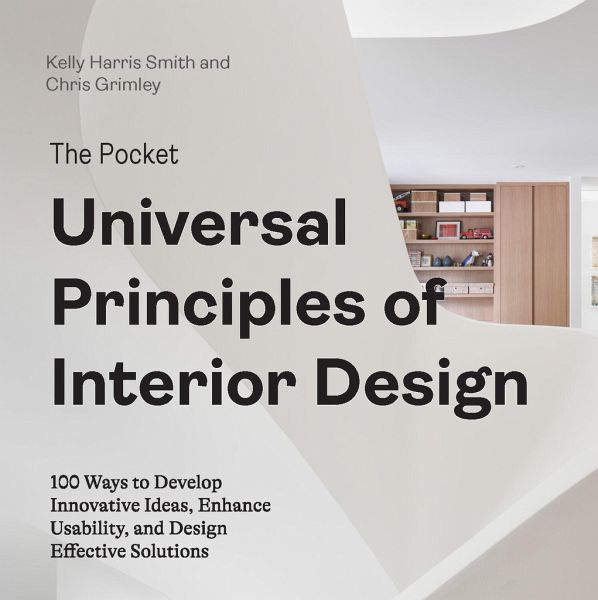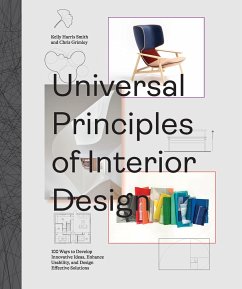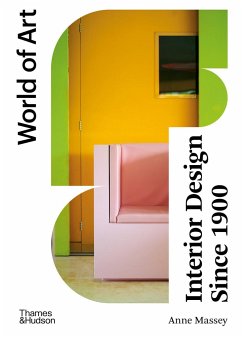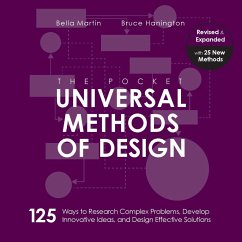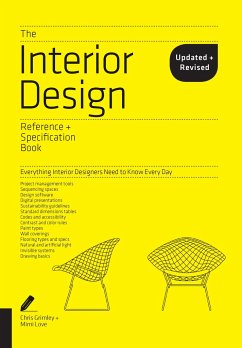Kelly Harris Smith is a designer, creative director, and entrepreneur specializing in natural and sustainable materials for commercial and residential interior design. A co-founder of FilzFelt (acquired by Knoll, Inc. in 2011), Kelly’s award-winning designs are distinctive for their pattern, color, and innovative functionality. Kelly is also the founder of Minni, a community creative space in Boston offering art and design education to young children. She was awarded Product Designer Award at Interior Design’s HiP 2020 and Emerging Product Designer Award at NYCxDesign in 2018. She trained in architecture at Northeastern University and resides in Boston, Massachusetts. Chris Grimley has organized, designed, and implemented experiential environments, interiors, master plans, and branding initiatives for clients ranging from small offices to large institutions. He has broad experience in architecture, graphic design, and interior design. He is the co-author and designer of several books, including The Interior Design Reference & Specification Book (2018), Imagining the Modern: Architecture and Urbanism of the Pittsburgh Renaissance (2019), and Heroic: Concrete Architecture and the New Boston (2015). Recognition and awards include those from AIGA, SEGD, HOW, docomomo, the Boston Preservation Alliance and the Boston Society of Architects. He lives in Boston, Massachusetts.
